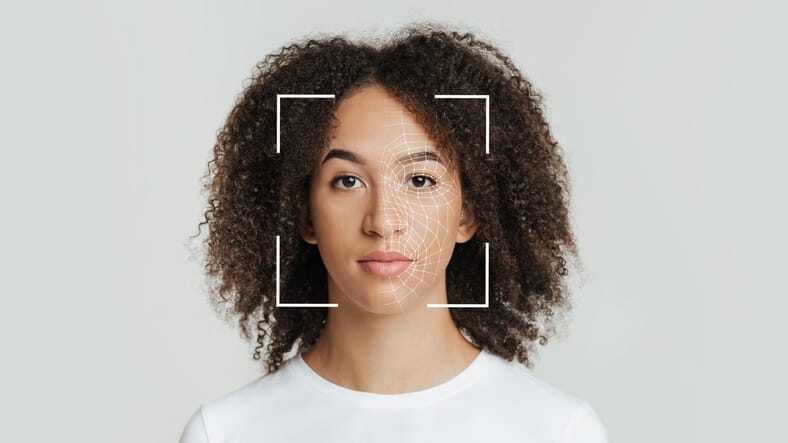Ecommerce image editing is a key part of running a successful online store. Good ecommerce image editing can make your products look more professional. Proper ecommerce image editing helps customers see your items clearly. Smart ecommerce image editing can increase your sales. Effective ecommerce image editing sets you apart from competitors. No matter if you're a small business or large brand, these ecommerce image editing tips will help you create better product photos. Let's dig in to the top 12 methods for improving your online store images.
.png?width=800&height=533&name=Phone_Hands_Typing%20(1).png)
1. Master Background Removal for Clean Product Shots
Background removal is one of the most important ecommerce image editing techniques. It helps your products stand out without distractions. A clean white or transparent background keeps the focus on your item.
- Key steps for background removal:
- Use tools like Photoshop or online editors
- Ensure clean edges around your product
- Check for any leftover background bits
- Save in PNG format for transparency
Services like Pixc offer professional background removal with quick turnaround times.

2. Use Assembo.ai to Create Custom Backgrounds
Assembo.ai is a great tool for ecommerce image editing that lets you create custom backgrounds for your products. This can help you show your items in different settings without expensive photoshoots.
- How to use Assembo.ai:
- Upload your product image with clean background
- Choose from various background templates
- Adjust lighting and shadows to match
- Download the final image for your store
This tool is perfect for creating lifestyle shots that help customers imagine using your products.
3. Perfect Color Correction Techniques
Color accuracy is vital in ecommerce image editing. Customers want to see the true colors of your products. Wrong colors can lead to returns and unhappy customers.
- Color correction steps:
- Use color picker tools to match real product colors
- Adjust brightness and contrast for clarity
- Ensure consistency across all product images
- Calibrate your monitor for accurate editing
Companies like Vserve specialize in color correction services for ecommerce businesses.

4. Add Realistic Shadow Effects
Shadows give your products depth and dimension. They make items look more natural and appealing. Good shadow work can make your products look more expensive.
- Shadow creation tips:
- Use drop shadows for floating effects
- Create natural shadows that follow light direction
- Keep shadows subtle and realistic
- Match shadow intensity across all images
Professional services like Color Experts BD offer shadow creation as part of their ecommerce image editing packages.

5. Master the Ghost Mannequin Effect
The ghost mannequin effect is key for clothing stores. It shows how garments fit without distracting mannequins. This technique makes clothes look more appealing.
- Ghost mannequin steps:
- Take multiple shots from different angles
- Remove the mannequin while keeping garment shape
- Blend images to show complete product
- Ensure natural folds and drapes
Pixelz offers professional ghost mannequin services that can handle large volumes of clothing images.

6. Optimize Image Sizes for Different Platforms
Different ecommerce platforms have different image requirements. Proper resizing ensures your images look good everywhere. Fast loading times are key for customer experience.
- Resizing best practices:
- Create multiple sizes for different uses
- Compress images without losing quality
- Use correct aspect ratios for each platform
- Keep original high-resolution files
Tools like LightX offer automatic resizing features for various ecommerce platforms.

7. Professional Product Retouching
Retouching removes flaws and enhances product features. It makes your items look their best. Good retouching can significantly improve product appeal.
- Retouching techniques:
- Remove dust, scratches, and imperfections
- Enhance details and textures
- Fix lighting issues and reflections
- Maintain natural product appearance
Skylum's Luminar Neo offers retouching tools specifically designed for ecommerce image editing needs.

8. Use Batch Processing for Efficiency
Batch processing saves time when editing multiple images. It ensures consistency across your product catalog. This is especially useful for stores with many similar products.
- Batch processing tips:
- Create action scripts for repetitive tasks
- Use presets for consistent editing
- Organize images into logical groups
- Quality check samples from each batch
Many professional services like Vserve offer bulk editing options with quick turnaround times.

9. Leverage AI-Powered Editing Tools
AI tools can automate many ecommerce image editing tasks. They save time and ensure consistent results. Many AI tools are now affordable for small businesses.
- AI editing features:
- Automatic background removal
- Smart color correction
- Object recognition and enhancement
- Style transfer between images
Claid.ai offers AI-powered editing solutions specifically designed for ecommerce businesses of all sizes.

10. Optimize Images for Web Performance
Fast-loading images improve user experience and SEO. Proper optimization balances quality and file size. This is key for mobile shoppers with slower connections.
- Optimization techniques:
- Choose right file format (JPEG, PNG, WebP)
- Compress images without visible quality loss
- Use responsive images for different devices
- Implement lazy loading for product galleries
Many ecommerce platforms have built-in optimization, but services like Pixc offer additional optimization features for better results.

11. Maintain Consistent Style Across All Images
Consistency makes your store look professional. It helps build brand recognition. Customers appreciate when all product images follow the same style.
- Consistency tips:
- Create style guidelines for all images
- Use same background colors and styles
- Maintain consistent lighting across shots
- Standardize image composition and angles
Professional services like Pixelz ensure consistency across large product catalogs through standardized workflows.

12. Set Up Automated Editing Workflows
Automation saves time and reduces errors. It ensures every image gets the same treatment. Automated workflows are scalable as your business grows.
- Automation strategies:
- Set up automatic image processing pipelines
- Use templates for common product types
- Implement quality control checkpoints
- Integrate with your ecommerce platform
Tools like LightX offer workflow automation that can connect directly to your online store.
Final Thoughts
Good ecommerce image editing can make a big difference in your online sales. These 12 tips cover the most important aspects of creating professional product images. No matter if you're doing it yourself or using professional services, consistent quality is key. Remember that your product images are often the first impression customers have of your items. Investing time in proper ecommerce image editing will pay off in higher conversions and happier customers.
